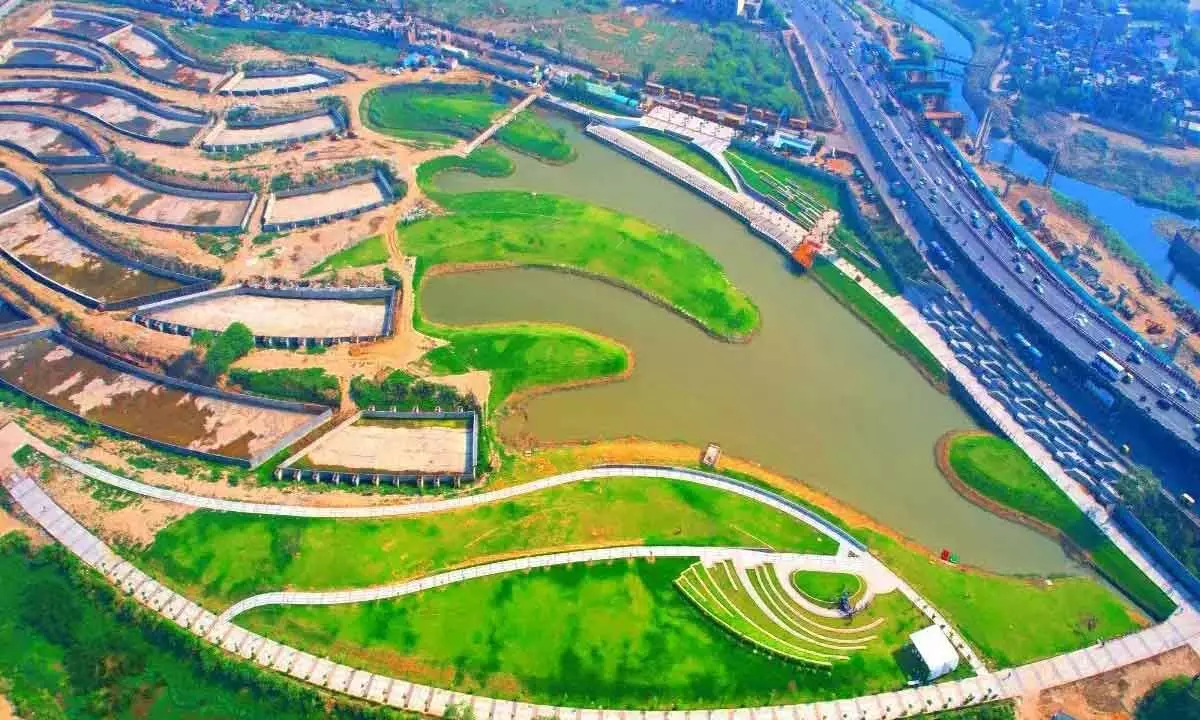Live
- Saudi Doctor Taleb al-Abdulmohsen Linked to Deadly Magdeburg Christmas Market Attack, Sparking Fears of Right-Wing Extremism in Germany
- Samsung Galaxy S25 Slim Specs Leak: A Strong Rival to iPhone 17 Air with 200 MP Camera and More
- Inorbit Mall Cyberabad Unwraps the Magic of Christmas with Exciting Festivities and Entertainment
- Mahesh Babu’s Voiceover in Mufasa: The Lion King Captivates Hyderabad Fans with Adorable Recreated Moments
- GHMC and Traffic Police Launch Anti-Encroachment Drive in Saidabad
- Maruti Suzuki teases its first eBorn Electric SUV; Signals robust EV ecosystem for seamless ownership experience
- B L Santhosh: Congress Attempted to Destroy India's Constitution's Basic Structure
- PRSI Hyderabad chapter receives best chapter award
- AP minister flays YCP over encroachment, pledges action at revenue conferences
- Star Health Launches “Star Arogya Digi Seva” to Elevate Healthcare Accessibility & Drive Societal Impact in Rural Andhra Pradesh









